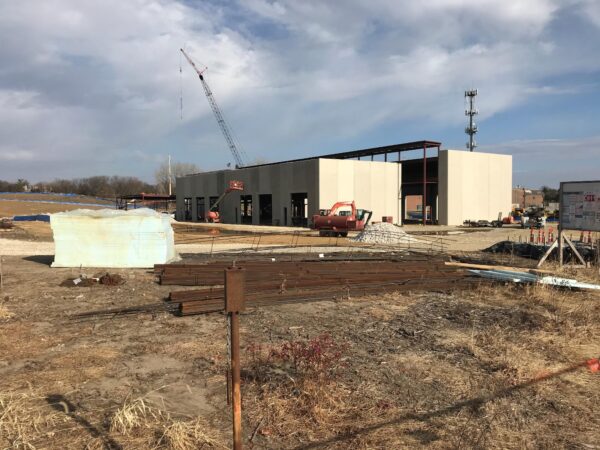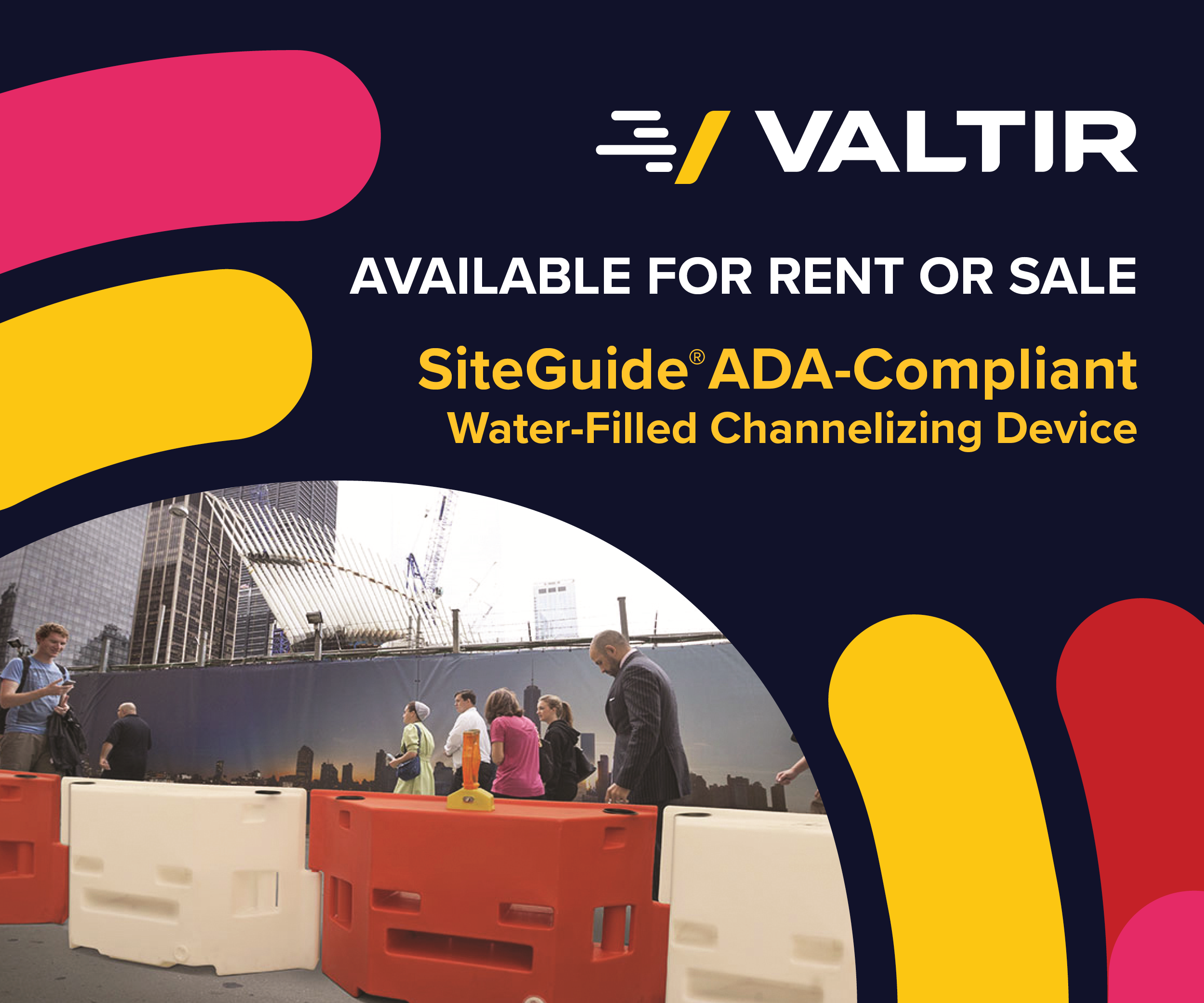Elected officials and public works leaders are realizing the value of their fleet; thus, managing and protecting assets in that fleet has become imperative. One thing leaders are doing to protect their fleet assets is building fleet specific facilities. The facilities allow managers and technicians to house parts, secure vehicle keys, and work on vehicles safely and efficiently. While a new fleet specific facility will improve efficiency, there are a lot of questions that need to be answered before, during, and after the doors open.
What to consider while planning a fleet specific facility:
- Meet with city officials about population numbers to determine what your fleet will look like in 10, 20, even 30 years. A growing population means more vehicles, technicians, bays and floor space, and administrative staff.
- While planning, make a list of your priorities but be flexible and open to suggestions of others.
- Strategically place things in the new facility to make operations more efficient. For example, placing the parts room in the middle of the shop floor could make things more efficient for technicians. Most importantly, make the new facility work for you.
- Determine where signs need to be placed in relation to the bays, equipment stations, emergency eyewash stations, and even parking and deliveries.
- Reevaluate expectations and share them with your staff. Staff can guide how the new facility can help them meet the new expectations.

What to consider after construction begins:
- Make sure outside contractors and inspectors are doing their job. It is much easier to ask questions or have a walk-through than it is to tear down and replace an error.
- Do not overlook local, state, and federal inspections. Also, remember Mechanical, Electrical, and Plumbing (MEP) coordination.
- Utility requirements, turning radius requirements, overhead clearance requirements are all unique to your facility. Be sure YOUR requirements are being met.
- Pay attention to things on site like erosion control, entrance, and exit accessibility, and make sure the building site is secure during off-hours.
- Allow your staff to visit and tour the site during construction. Staff is much more likely to take ownership of the new facility if they feel connected during the process.
What to consider when transitioning into a new facility:
- Determine how operations will be handled during the transition. Can you afford for operations to be shut down during the move?
- Evaluate your moving needs and determine whether or not your staff can move equipment and supplies or if a moving company is needed. Vendors may also be able to assist.
- Determine if training is needed to get your staff up to speed in the new facility. If so, budget that time into your move time. Also, will you need additional staff to properly operate the new facility?
- Allow time for your staff to become acclimated to the new facility, new rules or policies, and be prepared to retrain staff if necessary.

Contributors:
Scott McIver
Member, Fleet Management Committee
Fleet Manager
City of Greenville, South Carolina
Eric Keenan
Senior Civil Engineer
City of Overland Park, Kansas


